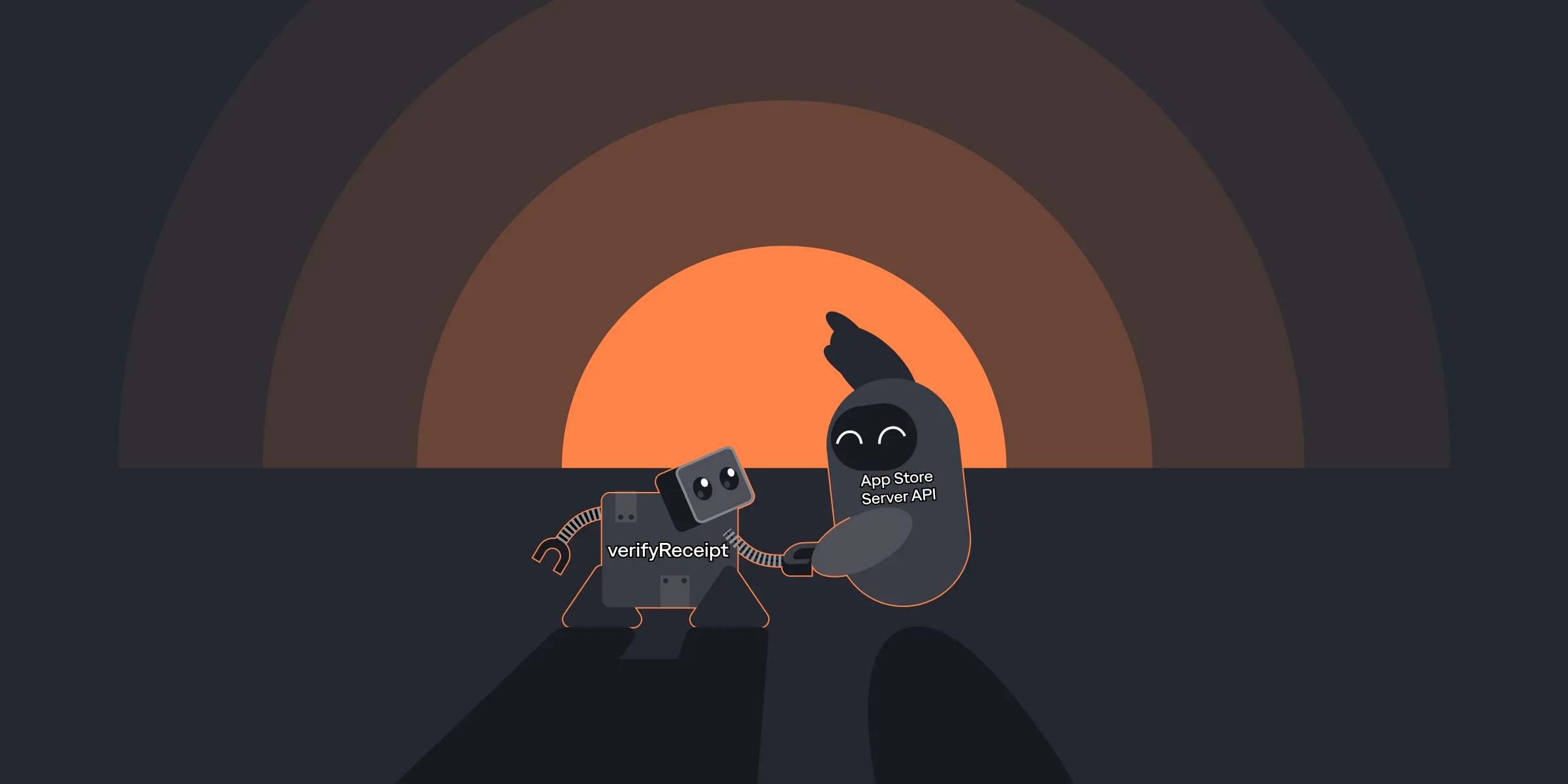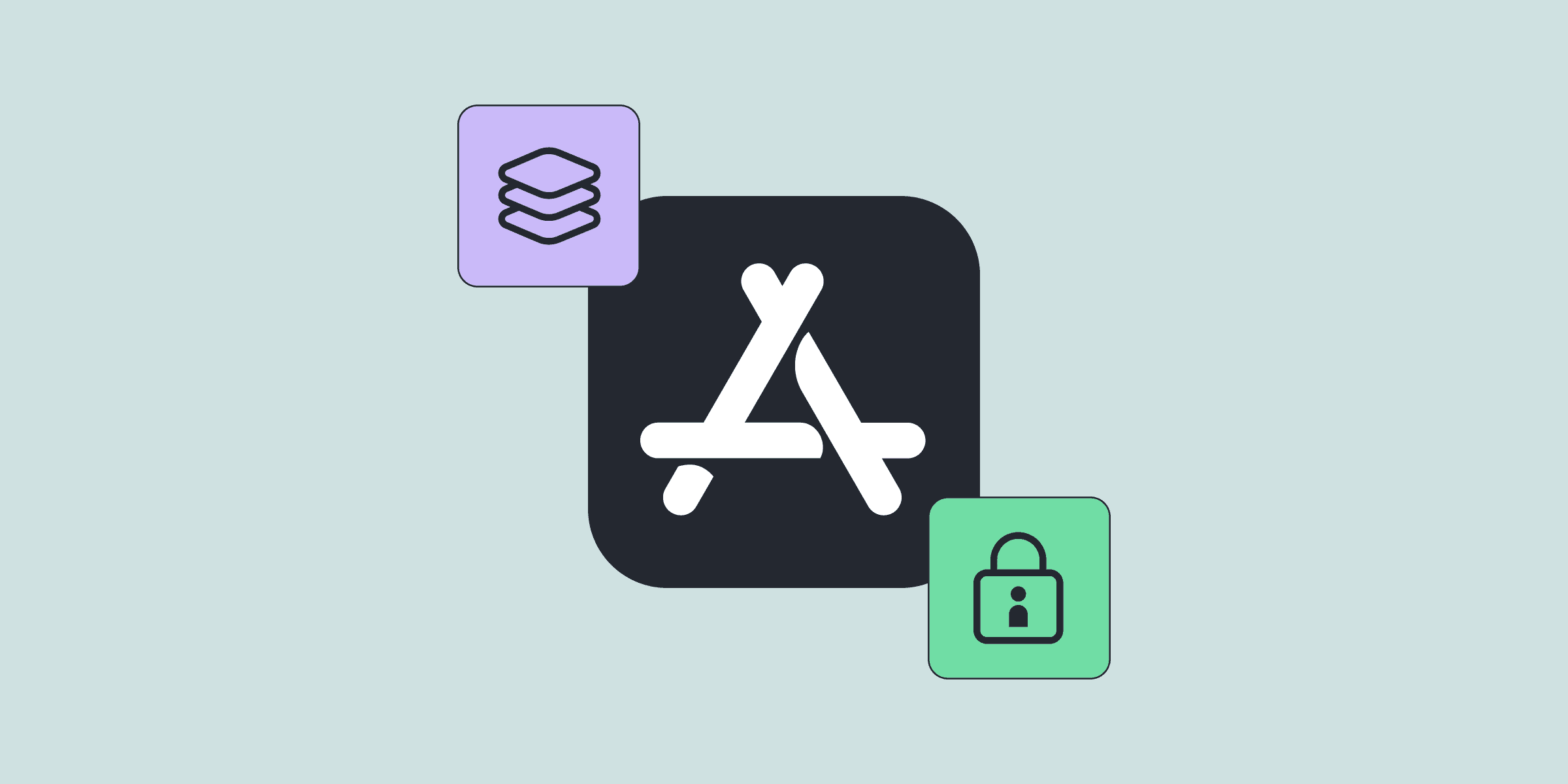Handling refunds, Server-to-Server notifications, SKAdNetwork in iOS 14
Handling refunds, Server-to-Server notifications, SKAdNetwork in iOS 14

Michael

Michael
Aug 9, 2020
Aug 9, 2020
Apple introduced some exciting updates at WWDC 2020 that impact in-app purchases, and we’re here to break them down for you. Whether you’re focused on handling refunds more effectively, using server-to-server notifications, or navigating the transition to SKAdNetwork in iOS 14, these changes will help you optimize your app's performance. Let’s go!
Apple introduced some exciting updates at WWDC 2020 that impact in-app purchases, and we’re here to break them down for you. Whether you’re focused on handling refunds more effectively, using server-to-server notifications, or navigating the transition to SKAdNetwork in iOS 14, these changes will help you optimize your app's performance. Let’s go!














